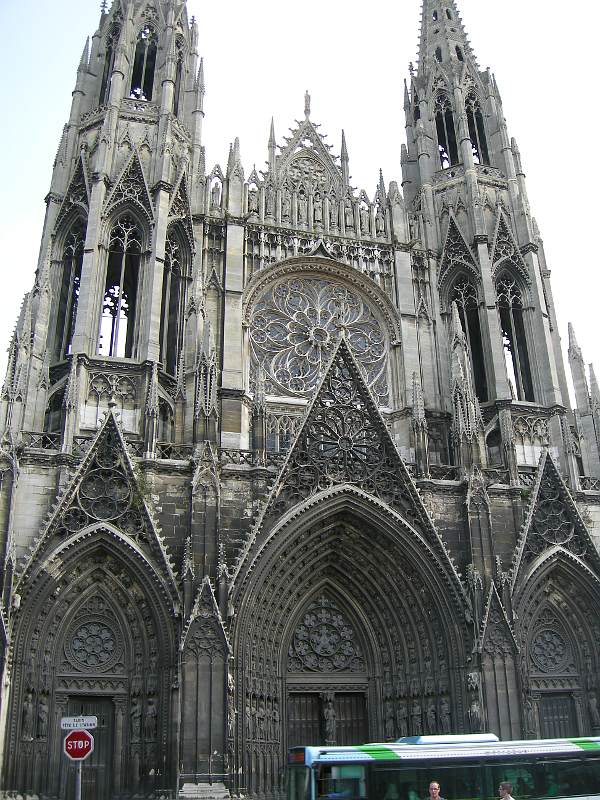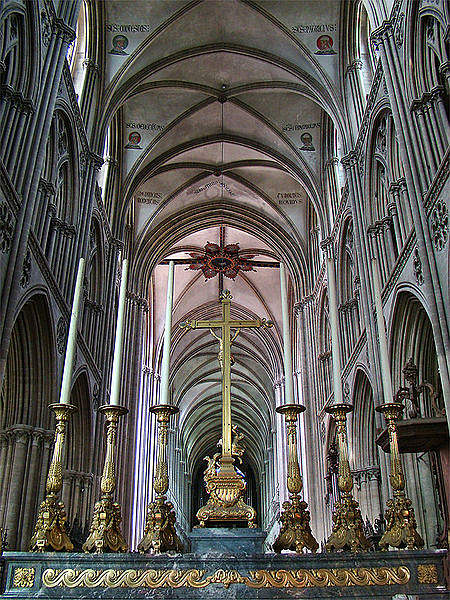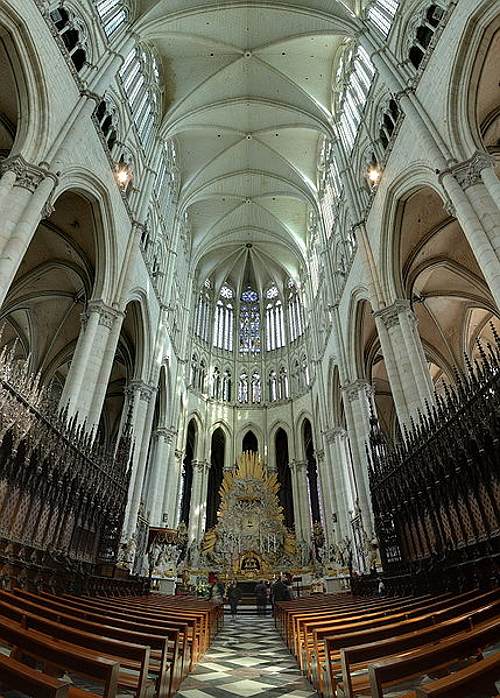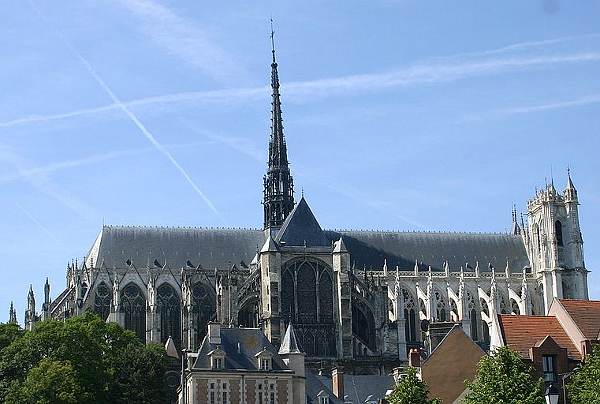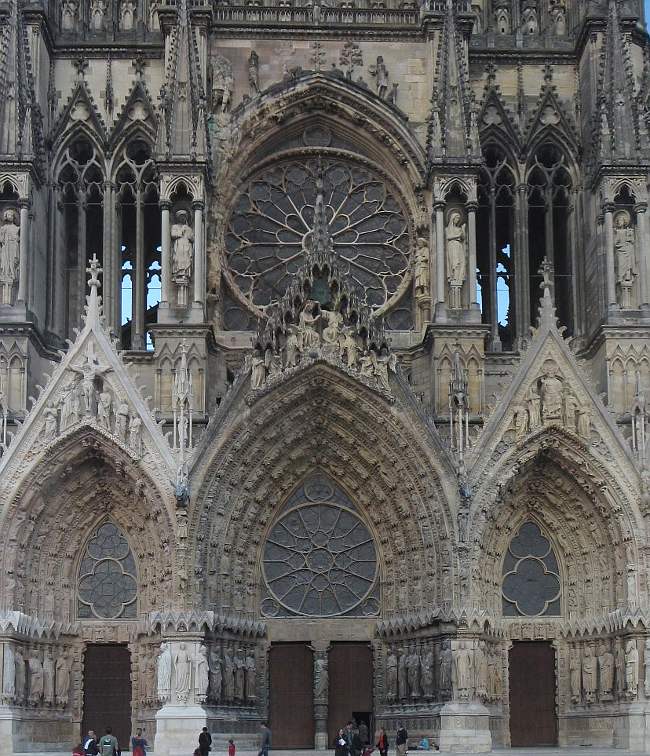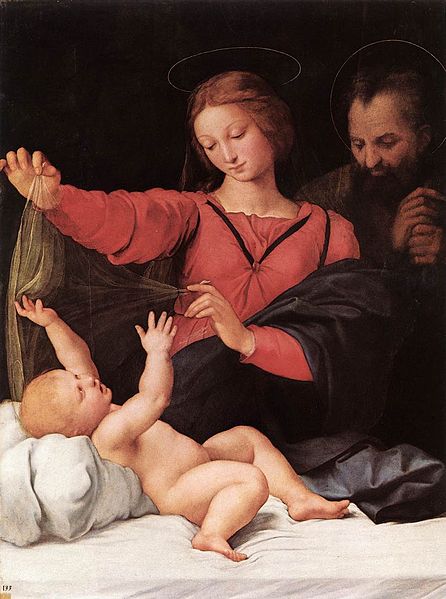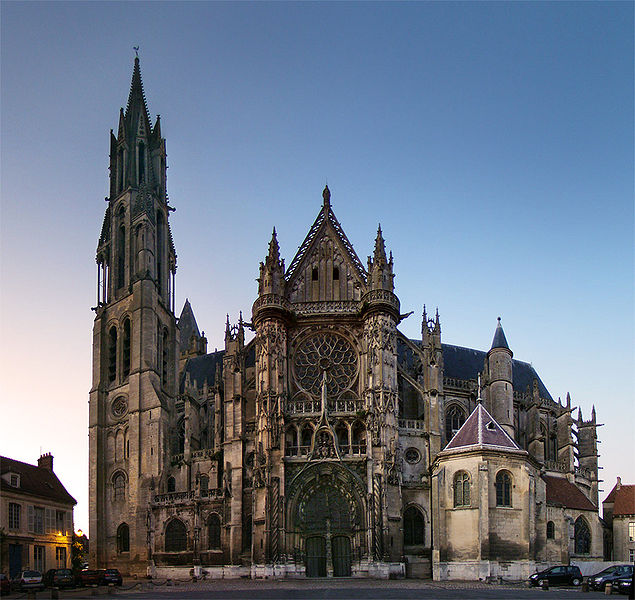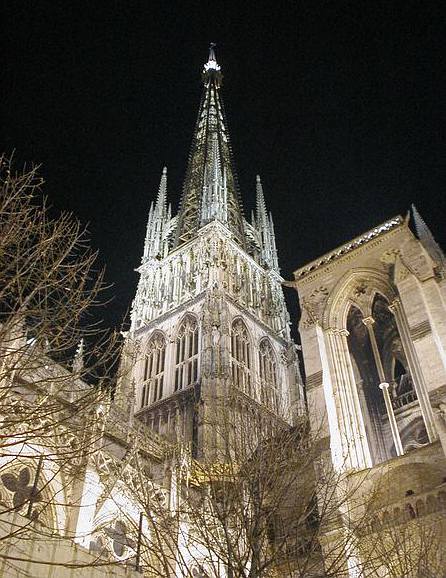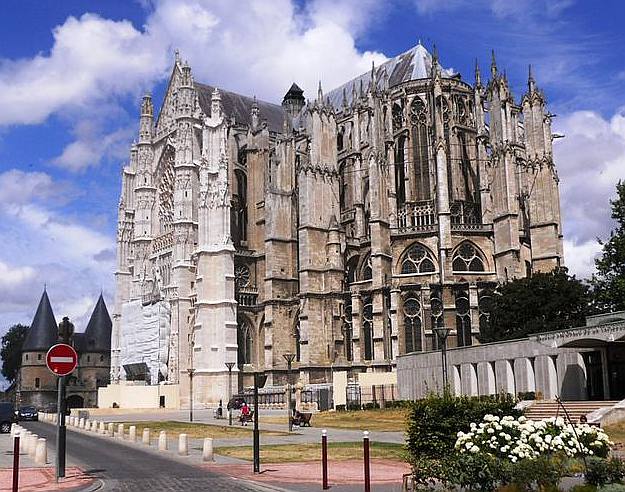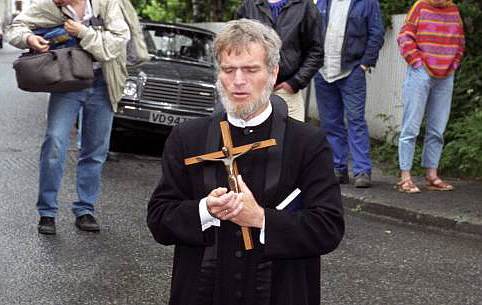Ordinasjonsjubileer i dag
Det er 12 år siden min diakonvielse i dag, men for en prest er prestevielsen en hel del viktigere (for meg var det 8. januar 2000), så jeg tenker mest på at det i dag er 20 år siden Fr. Richard John Neuhaus ble presteviet. Han var også tidligere luthersk prest, og er nok den personen som hadde aller størst betydning da jeg ble katolikk i 1994 – Neuhaus konverterte fire år tidligere.
Om Fr. Newhaus leste jeg i dag:
Twenty years ago today, on the feast of the Nativity of the Blessed Virgin Mary, Richard John Neuhaus was ordained a Catholic priest. Cardinal John O’Connor ordained Father Neuhaus in 1991 at St. Joseph’s Seminary, just north of the city in Dunwoodie. Exactly one year previous, on September 8, 1990, Cardinal O’Connor had received Richard into full communion with the Catholic Church, in a ceremony held in the private chapel of the cardinal’s residence.
Last night, Archbishop Timothy Dolan of New York invited friends and colleagues of Father Neuhaus to Dunwoodie for the Mass inaugurating the new seminary year, falling as it did on the eve of the twentieth anniversary of his ordination in the same chapel. Addressing the seminarians and the faculty on the importance of the interior life, Archbishop Dolan took as his inspiration a verse from the assigned reading of the day: your life is hidden with Christ in God.
“It was a winding road from St. John’s Lutheran in Pembroke, Ontario, where Richard was baptized, to this seminary chapel, where Richard was ordained, but the road always had a single destination—union with Jesus Christ,” Archbishop Dolan preached.
“Few of you will have a life as public at Father Neuhaus had,” he continued. “But we can all learn from him. The key to his life as a Christian disciple was that he always did his prayers in the morning before reading the New York Times. Prayer before penance, he would say!” …


